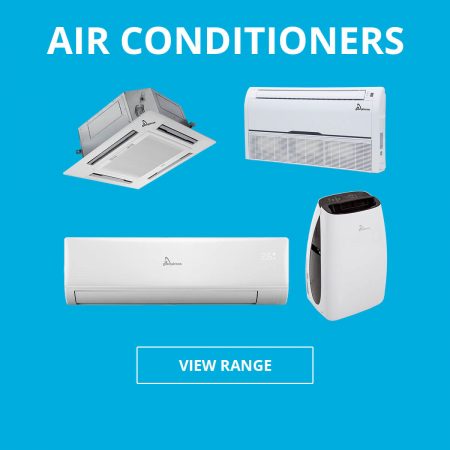A portable air conditioner is a practical climate control device and a good replacement for a fixed split system. This appliance can be easily moved or transported to any space and allow you to cool rooms that otherwise could not be reached by ventilation. These units stand in the middle or on one side of the room, where they pull moisture out of the air and cool it down. Every portable air conditioner needs an exhaust pipe so that it can vent the hot air it removes from the room.
Portable air conditioners need to vent hot air. If the machine can’t remove hot air, it can’t run very inefficiently. If you operate a portable air conditioner without an exhaust hose, the area behind the unit becomes very hot. So instead of cooling the room, it may actually make the room hotter.
Most units come with an exhaust hose that runs from the portable air conditioner to the window. Portable air conditioners use an exhaust hose to blow out the hot air and water vapor generated by the unit. If you’re connecting a portable air conditioner, you will need to route the exhaust hose to the nearest window. Below we’ll go into how to install a vent for a portable air conditioner.
How To Install A Vent For A Portable Air Conditioner
Your exhaust hose kit should include the fittings for an exhaust hose (including attachments and gaskets) and a window filter kit that will allow the user to properly vent the air. The hose should be at least five feet long and usually about five inches in diameter. The filter kits consist of foam that is attach to the window and prevents hot air from entering the room from outside. The exhaust hose fits through a small hole in the foam. This filter will fit most window and door frames, although they are not always suitable for casement windows.
- Place the portable air conditioner near the window that you plan to use as a vent.
- Slide the connectors of the exhaust hose over the vent on the back of the air conditioner.
- Add the exhaust hose to the connector.
- Set up the window filter kit so that the window matches the exhaust hose. Attach the foam to the window.
- Connect the exhaust hose to the portable window filter.
- Start the air conditioner and check that all connecting parts are tight.
Be careful not to lengthen the exhaust hose as this can create backpressure, causing the portable air conditioner to heat up.
Vent the portable air conditioning system with a vacuum pump
With a proper vacuum pump, you can create an ideal vacuum of -1 bar. However, it’s more expensive to purchase and more complicated to use. In addition to the pump, you also need an electronic manifold. This is connected to the compressor unit together with the pump and a Schrader valve. The nitrogen bottle of the pump is set to 3.8 to 20 bar, depending on the refrigerant. The pressure can then be released in a controlled manner using the manifold.
How the best portable air conditioners work
- The multi-stage filtration method removes dirt, germs, and unpleasant odors.
- The ventilation function ventilates the room and cleans it.
- Night mode provides an opportunity for silent operation.
- The appliance can be self-cleaning, which keeps the device clean.
- Self-diagnosis will help identify possible malfunctions and notify the user about it.
- Most systems have an auto-restart option that allow the device to be rebooted in the event of a power outage.
